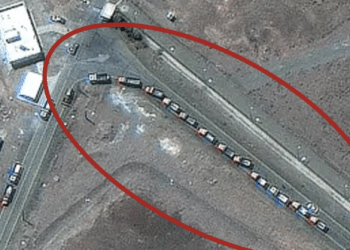Direct injection (DI) engines often come with hidden maintenance costs compared to port injection (PI) engines. Here are some key points:
- Carbon Buildup: DI engines are prone to carbon deposits on intake valves because fuel is injected directly into the combustion chamber, bypassing the intake valves. This can lead to reduced engine performance and requires periodic cleaning, which can be costly.
- High-Pressure Fuel System: DI engines use high-pressure fuel pumps and injectors, which are more complex and expensive to repair or replace compared to the simpler systems in PI engines.
- Sensitive to Fuel Quality: DI engines are more sensitive to fuel quality, requiring premium fuel in some cases to avoid knocking or damage. This adds to the operational cost.
- Specialized Maintenance: Repairs and maintenance for DI engines often require specialized tools and expertise, leading to higher labor costs.
- Potential for Injector Issues: The injectors in DI engines operate under high pressure and can wear out faster, necessitating replacement more frequently than in PI systems.
Port injection engines, on the other hand, are simpler and less prone to these issues, making them more cost-effective in terms of maintenance. However, DI engines offer better fuel efficiency and performance, which might offset some of the added costs over time.
Staff Writer Dave R








